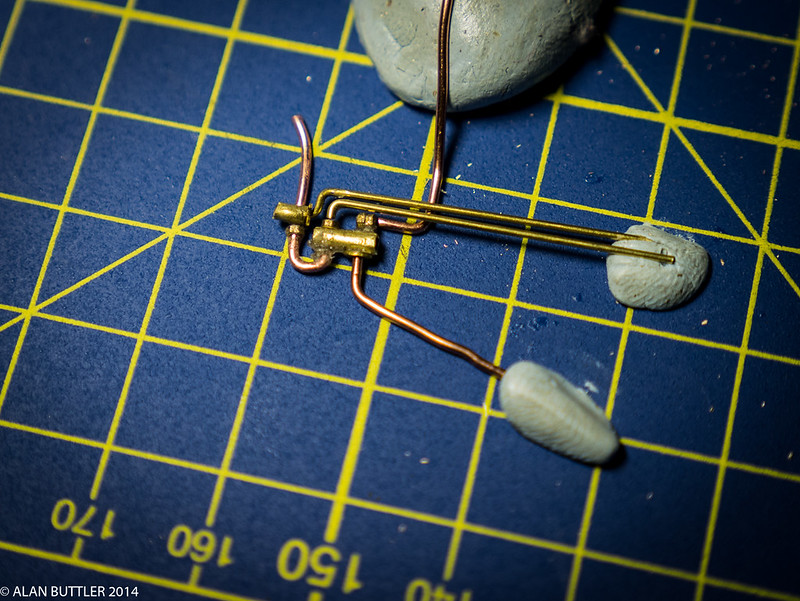74xx Injectors Part II
In the last entry I was trying and failing to get an injector built with the soldering iron. I had some good advice about using 188 deg solder combined with 145 deg to build up the injector without it melting into a lump, I'll give that a go when I'm back home in Brighton. In the mean time I've retried the process using super glue. It's been pretty successful, except I've not been able to make it small enough - without the pannier body to give it some sense of scale, it looks ok but it still needs to be about 20% smaller to fit between the running plate and the tanks!
74xx Injector scratch build test by CAMBRIAN AL, on Flickr
For the time being I'll put this little side project to one side, there is still much to do in Illustrator to get the works ready for the laser cutter. Once the 3D printer is up and running it will be a good test of its abilities.
Edited by alanbuttler
-
 3
3

.thumb.jpeg.3955886fc58580247a46965a1bd9db57.jpeg)


6 Comments
Recommended Comments
Create an account or sign in to comment
You need to be a member in order to leave a comment
Create an account
Sign up for a new account in our community. It's easy!
Register a new accountSign in
Already have an account? Sign in here.
Sign In Now